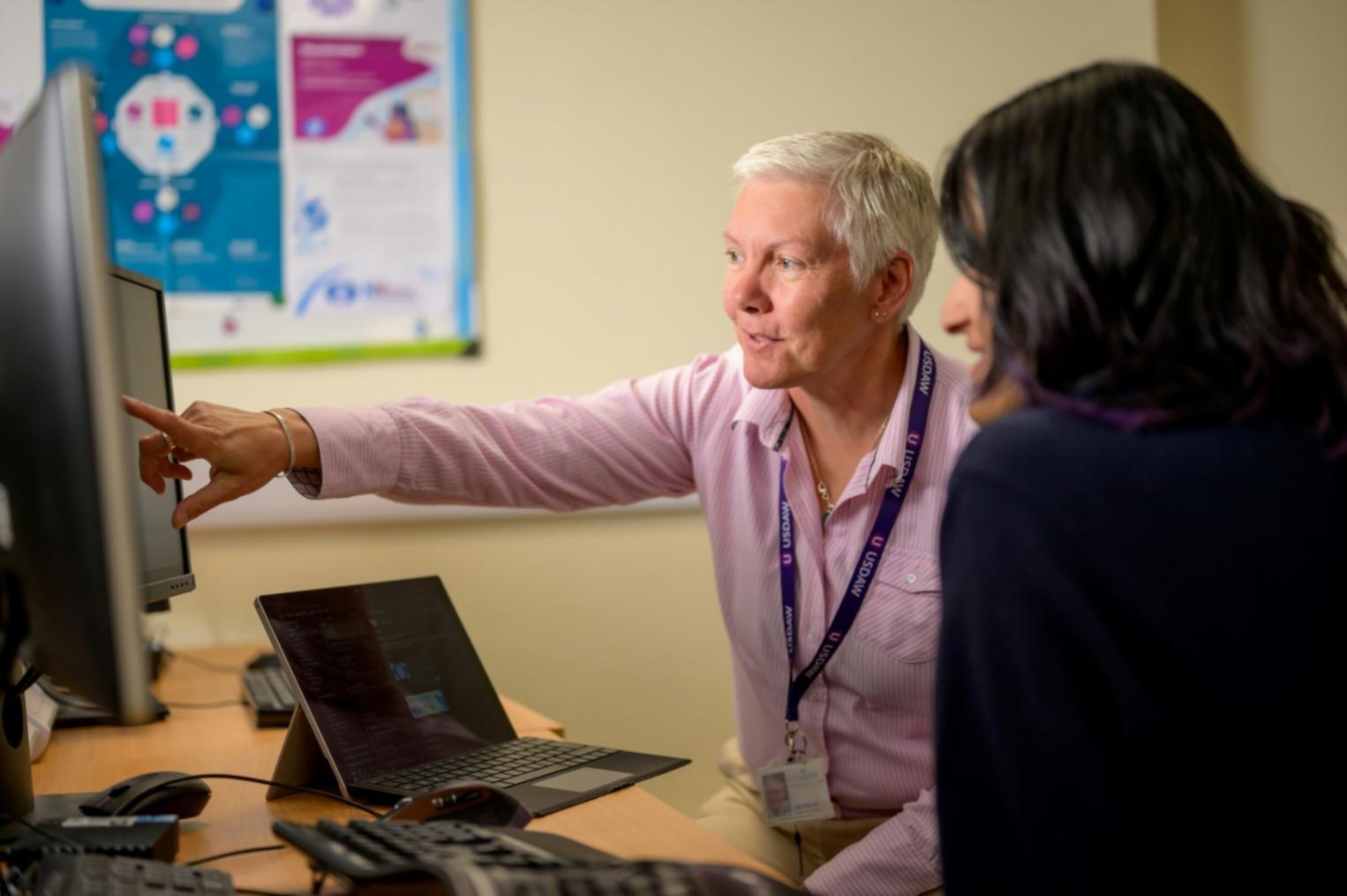The Story Behind Every Test Case
Six years ago, we watched a promising startup lose 40% of their user base in one weekend. Their payment system failed during Black Friday because nobody tested it under real shopping pressure. The automated tests all passed, but real users couldn't complete purchases.
That experience shaped everything we do. We don't just run through test scripts and check boxes. We think like actual users who are frustrated, in a hurry, or trying to do something the developers never anticipated.
Our approach combines methodical testing procedures with what we call "chaos thinking" - deliberately trying to break things in ways that matter to real businesses. It's the difference between finding bugs and preventing disasters.
Since then, we've prevented three major data breaches, caught payment processing errors worth millions, and saved countless hours of customer support headaches. Each project teaches us new ways software can surprise even the most careful development teams.






